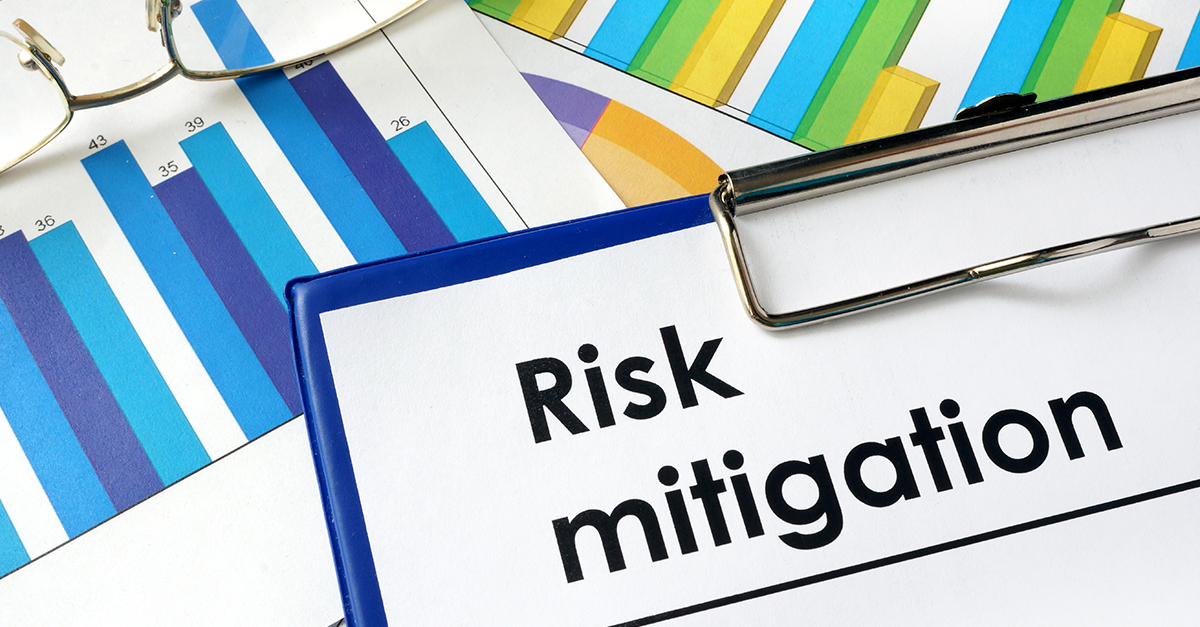While I am aware that climate change is a controversial subject, the consensus among scientists worldwide is that it is real and most likely caused by human actions. Accepting this consensus as fact helps us understand why Hurricanes Harvey, Irma, and Maria were unusually destructive. And, worse, why additional destructive hurricanes can be expected in the future.
These storms were front-page news and received days of media coverage. But some problems caused by climate change get considerably less attention. For instance, since 1953 Arkansas has experienced 59 presidentially declared disasters. However, 17 of those disasters were climate related and occurred in the past eight years.
In 2015, the American Farm Bureau Federation concluded “there may be an increase in occurrences of extreme weather” in the coming years. This weather may produce droughts as well as flooding, and both scenarios will have a significant impact on the U.S. agriculture industry as well as food production.
Additionally, in 2013, the Insurance Information Institute reported the following: “There is now a consensus among the scientific community that the climate is changing, with potential risk to the global economy, ecology, and human health and well-being.” Lloyd’s of London is urging its insurers to protect themselves against climate change because it has the potential to negatively impact international business operations.
These and other organizations believe the risks of climate change are real. The jansan industry will not be immune to its effects. The only way we can protect our industry is to “de-risk” it.
De-Risk Strategies
De-risk, according to the Cambridge Dictionary, means “to make something safer by reducing the possibility that something bad will happen and that money will be lost.” We already see examples of how the jansan industry is taking steps to de-risk.
In an earlier column, I reported distributors participating in the Distributor Efficiency Analytics & Learning (DEAL) program saved an average of US$20,000 in operating costs thanks to green and sustainability initiatives implemented in 2016. The same steps that produced these savings are also helping these distributors de-risk. Climate volatility will not have the same punch for them because they have already taken measures to reduce fuel and energy needs. This helps them adjust to cost increases as well as disruptions that are likely to occur due to climate change.
A Water Success Story
The same is true when it comes to water, waste, and other metrics. For example, California has reduced its risks to long-term droughts. In the late 1970s, the state was on its knees due to a one-year drought. From 2011–2012 California endured a five-year drought, which had little impact on the state’s businesses and citizens until its final year.
In the latest drought, California citizens were asked to cut water consumption by 25 percent, compared to about 50 percent 40 years ago. The state has nearly double the population today as it had in the 1970s, and its industrial growth has been nothing less than dramatic.
So, how did Californians thrive during the drought? They researched new and alternative strategies to help them de-risk. They developed more water storage facilities, created water reuse programs, and spread the pain so that arid areas of the state could receive water from areas not as impacted by drought conditions.
Prep for Success
All businesses in our industry will need to find ways to reduce risks related to climate change. Technologies are available to help make the process easier. When we prepare for climate volatility, we can save quite a bit of money along the way.



